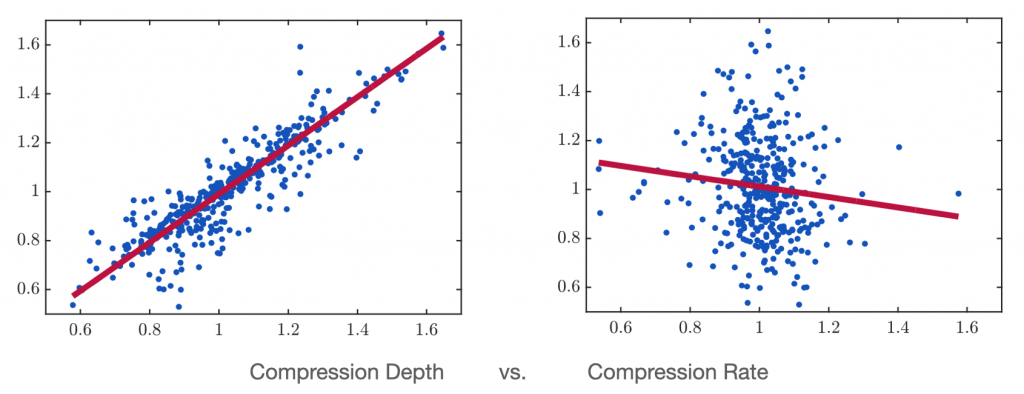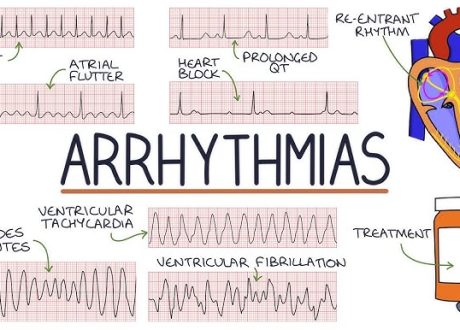Written by Joshua Campbell
![]()
With ventilation rate standardized, chest compression (CC) depth explains variations in ETCO2 better than chest compression rate.
Why does this matter?
We want to optimize CPR in cardiac arrest. ETCO2 is a very useful clinical tool to assess a patient’s condition during CPR, but how do we assess the impact of compression depth or rate when ETCO2 varies so much with ventilation rate?
Stayin’ alive, stayin’ alive..
ETCO2 reflects cardiac output, organ perfusion, and pulmonary blood flow and is a simple, non-invasive measurement that’s inversely related to ventilation rate. The question is: How do we best interpret ETCO2 and explain the variations we see during CPR? This study was a retrospective analysis of out-of-hospital cardiac arrest on patients with concurrent capnogram, compression depth, transthoracic impedance, and ECG readings. Multiple paired segments were evaluated in patients, most often before and after compression pauses. Average ETCO2 was standardized to control for ventilation rate variation. Linear and non-linear models were used to analyze the contributions of compression rate and compression depth as independent variables. Compression depth accounted for more variability in ETCO2 than chest compression rate (see figure). This reinforces the importance of high-quality CPR and avoidance of fatigue in cardiac arrest. In my practice, I will continue to use ETCO2 as a surrogate for perfusion and should I notice low ETCO2, chest compression depth will be one of the first things I address to optimize CPR quality.

Editor’s note: The AHA recommends a CC depth of 2 inches (50 mm), not to exceed 2.5 inches (64 mm). This study noted that increasing CC depth from 1.5 inches (40 mm) to 2.4 inches (60 mm) would increase ETCO2 by 42.5%. Based on this, I recommend targeting a CC depth just over 2 inches (50 mm); 2 to 2.4 inches (50-60 mm) seems to be the sweet spot in adult cardiac arrest. ~Clay Smith
Editor’s note #2: Don’t forget that higher ETCO2 predicts ROSC. ~ Nick Zelt
Source
Contribution of chest compressions to end-tidal carbon dioxide levels generated during out-of-hospital cardiopulmonary resuscitation. Resuscitation. 2022 Oct;179:225-232. doi: 10.1016/j.resuscitation.2022.07.009. Epub 2022 Jul 11.










